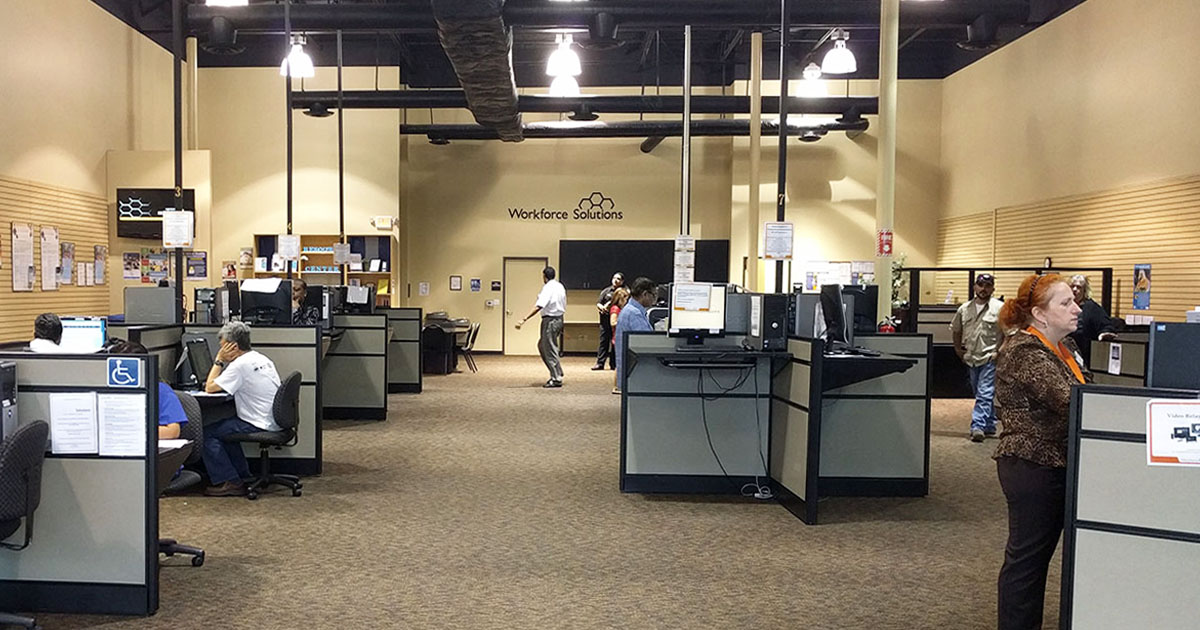The Biden administration has proposed the American Jobs Plan as part of a landmark infrastructure bill designed to build the capacity of existing workforce development programs and target workforce development resources in underserved communities. Here we take a closer look at what this means for the future of investing in our workforce.
These proposed investments bring a renewed focus on apprenticeship, sector-based training, connecting high-need workers to stable employment, and a commitment to equity in workforce development by improving access for women, people of color, and other underrepresented populations. These workforce initiatives are critical components of ongoing efforts to reauthorize the Workforce Innovation and Opportunity Act (WIOA) of 2014, which is the foundation of America’s public workforce system; efforts to reauthorize WIOA expect to continue into 2022. The workforce community has been down this road before with impending legislation; applying lessons from past implementation of workforce programs will equip policymakers to upgrade our workforce system and meet the most pressing needs of workers and employers.
The pandemic has caused major disruptions in key industries and led to a mass displacement of low-wage workers and workers who face challenges to maintaining stable employment. Among these are disabled workers, workers of color, and women, all of whom have been disproportionately affected by the health risks and employment shocks of the past 18 months. We know that high-need workers—like those mentioned above—who receive comprehensive job counseling have better employment outcomes. Workforce development programs need to proactively identify and engage high-need workers affected by the pandemic and increase investments in job counseling, while also studying what elements of counseling work best for which workers.
The pandemic also hit employers, particularly small businesses, especially hard. This stress on employers heightens the importance of paying attention to the unique needs and challenges of business partners. This “demand-driven” workforce model was a critical component of the changes ushered in with WIOA in 2014. Our WIOA Implementation study found that workforce boards that assessed employer needs at the regional level reported having a better understanding of the gaps between workforce supply and employer demand and were able to begin to take advantage of education, training, and supportive services in their area to fill those gaps. Sector-based training programs that serve multiple employers at the same time could be a path forward to help both employers and workers build a sustainable recovery following the pandemic. Further research would help to understand the types of employer–workforce partnerships that are the most successful at improving workforce outcomes.
The real keys to successful workforce development are the workforce practitioners who staff local workforce offices across the country, better known as American Job Centers. Adequate support for the infrastructure of American Job Centers and a renewed focus on staff capacity and training will be needed for workforce practitioners to meet the challenges posed by the pandemic. Although other aspects of the workforce infrastructure might need addressing, two highlights include service integration and improving equity.
- Integrating workforce services and programs was key to WIOA’s vision and goals, but little is currently known about the effect of integration on workforce outcomes. One potential mechanism to facilitate service integration are the operators at American Job Centers. WIOA required states to select operators for their American Job Centers but did not provide the dedicated resources to support these operators or clearly define their role in assisting job seekers and employers. Providing the necessary resources and guidance to operators could provide an opportunity to study how steps toward service integration can benefit job seekers.
- WIOA reauthorization also opens the way to training workforce staff to focus on improving equity and inclusion in serving job seekers. The ongoing reckoning with racial and gender inequity has cast light on systemic barriers to equality that exist within many federal and state systems, including workforce development. Training that promotes an understanding of cultural differences and historical employment discrimination faced by job seekers may help ensure equitable access to services and prioritize job seekers who face greater barriers to employment and self-sufficiency.
The reauthorization of WIOA has the potential to retool our workforce programs to better serve high-need workers and build stronger regional and community partnerships. Providing renewed support to local workforce offices and their staff could lay the groundwork for programs that are more equitable, connecting previously underserved workers with high quality employment opportunities. The next iteration of our workforce development system can build on the lessons learned from implementation of WIOA and continue to strengthen policy and practice.




